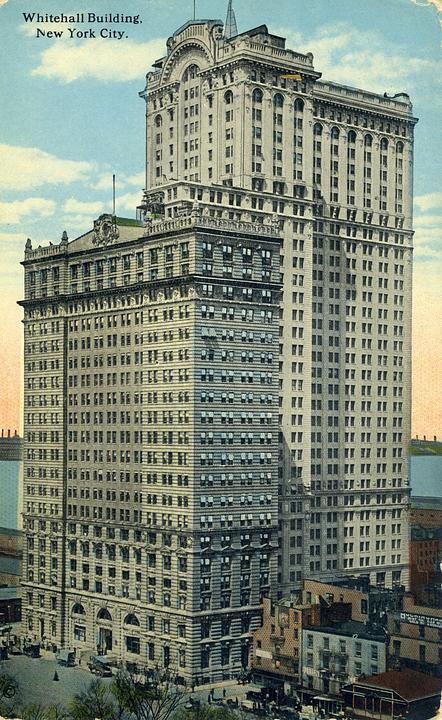Probably the first "Syrian" immigrant to the United States, Peter Zacharias was indeed from Syria. Born in Damascus in 1814, Zacharias went to California for the gold rush in 1852 and settled down in Sacramento, where he married and lived until his death in September 1878. Just a month before he died, the first Syrian family landed in New York. Although they did not settle in New York City (going instead to Tennessee), over the next decade, hundreds landed in New York and stayed, founding the first Arabic-speaking community in the United States. The majority of those who followed were from present-day Lebanon, but many came from Damascus and other parts of present-day Syria, as well as from Egypt and Palestine.
The trip from Beirut to New York was brutal. Traveling in steerage for at least three weeks, during which the seas were often rough, the food inedible, and sickness rampant, the Syrians arrived bedraggled, dirty, frightened, and sometimes ill. Most had heard stories of compatriots who had been turned back at Ellis Island. They could be rejected for not having enough money or no job prospect or no friend or relative in the United States. If they had a "loathsome disease" like trachoma, they were turned back. If they were thought to have come as contract laborers to some employer, they were rejected and their suspected employers arrested. Since Syrians were thought of by many as "undesirables," these restrictions were sometimes applied arbitrarily. Syrian businessmen would come down to the dock and deposit money to guarantee the immigrant would not become a "public charge." These hurdles notwithstanding, the great majority were allowed to land, and the place they disembarked, The Battery, was just steps away from the foot of Washington Street, where their compatriots had settled.
What they saw and heard on lower Washington Street must have been a shock. A cacophony of languages, Irish, Italian, German, and Scandinavian, greeted them from immigrant-run saloons, stables, boarding houses, and foundries. Many of their neighbors worked on the rough-and-tumble Hudson River piers, one block west. The behemoth Babbitt's Soap Works took up nearly an entire square block on the west side of the street. On the east side, however, they were reminded of home: they heard Arabic spoken on the street, saw Arabic signs and menus in shop windows, and saw newspapers and books printed in the colony for sale. Syrian-owned shops carried Middle Eastern goods or offered groceries, fruit, or tobacco to their compatriots. There were even Arabic-speaking priests and chapels for each of the religious sects. Washington Street was a "Little Syria" in New York City.


.jpg?locale=en)




